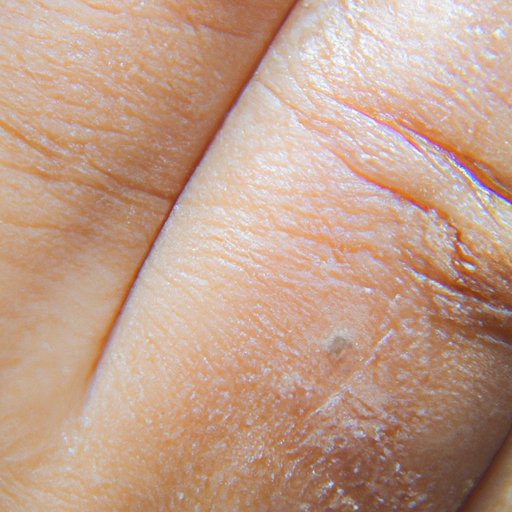As a dermatologist, I have seen firsthand how a well-rounded skincare routine can transform the health and appearance of the skin. One of the most crucial steps in this routine is exfoliation. This process removes dead skin cells, unclogs pores, and reveals a fresh layer of skin that is radiant and smooth. However, it’s not as simple as scrubbing your face with a rough cloth. To truly master skin exfoliation, you need to understand its nuances and the best practices for your skin type.
Exfoliation can be classified into two main categories: physical and chemical. Physical exfoliation involves using a scrub, brush, or other tools to manually remove dead skin cells. This method is typically more suitable for those with oily or combination skin. However, it’s important to be gentle and avoid over-exfoliating, which can lead to irritation and damage the skin barrier.
On the other hand, chemical exfoliation uses acids or enzymes to dissolve dead skin cells. Alpha hydroxy acids (AHAs), beta hydroxy acids (BHAs), and retinoids are common ingredients found in chemical exfoliants. AHAs like glycolic and lactic acid are water-soluble and work on the surface of the skin, making them ideal for dry or sun-damaged skin. BHAs such as salicylic acid are oil-soluble, penetrating deeper into the pores to remove excess sebum and dead skin cells, hence they are perfect for oily and acne-prone skin. Retinoids, including retinol and tretinoin, are vitamin A derivatives that accelerate cell turnover and boost collagen production.
To determine the best exfoliation method for you, consider your skin type, concerns, and sensitivity level. If you have sensitive skin, start with a gentle physical exfoliant or a low concentration of chemical exfoliant. Always patch test a new product to ensure it doesn’t cause irritation.
Exfoliation should be done after cleansing but before applying serums and moisturizers. This allows the active ingredients in your skincare products to penetrate deeper into the skin, enhancing their effectiveness. However, remember that exfoliation can make your skin more sensitive to the sun, so always apply a broad-spectrum sunscreen during the day.
The frequency of exfoliation depends on your skin type and tolerance. Generally, it’s safe to exfoliate two to three times a week for normal and oily skin types. For sensitive and dry skin, once a week or even bi-weekly might be enough. Listen to your skin and adjust accordingly. If you notice redness, dryness, or irritation, you might be over-exfoliating and need to reduce the frequency or switch to a gentler product.
In conclusion, mastering skin exfoliation is a game-changer for achieving radiant, smooth, and healthy skin. It’s not just about scrubbing away the dead skin cells; it’s about understanding your skin type, choosing the right exfoliation method, and finding the perfect balance that works for your skin. As with any skincare routine, patience is key. It might take a few weeks to see noticeable results, but with consistent and proper exfoliation, your skin will thank you in the long run.
Remember, everyone’s skin is unique. If you’re unsure about starting an exfoliation routine or if you have specific skin concerns, it’s always best to consult with a dermatologist. They can provide personalized advice and recommend suitable products to help you unveil your skin’s natural radiance.




